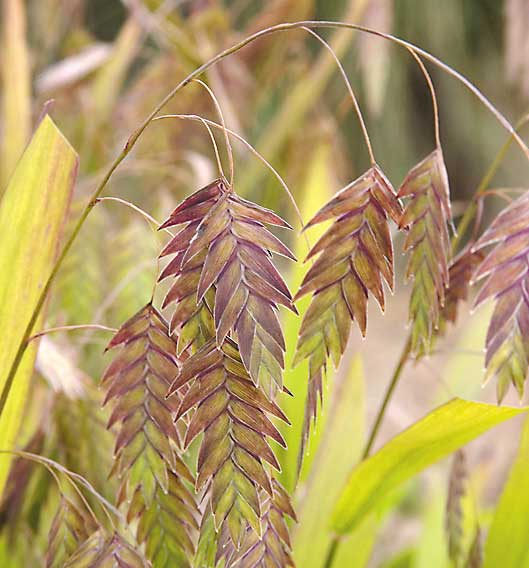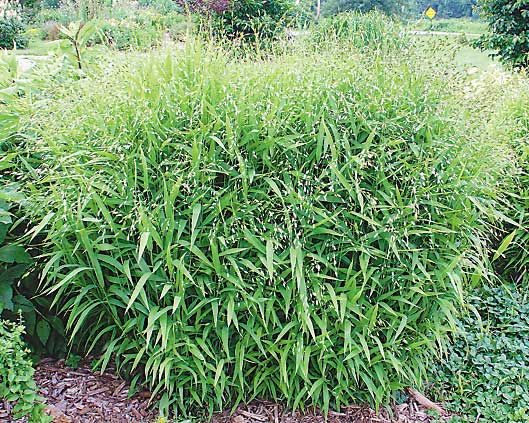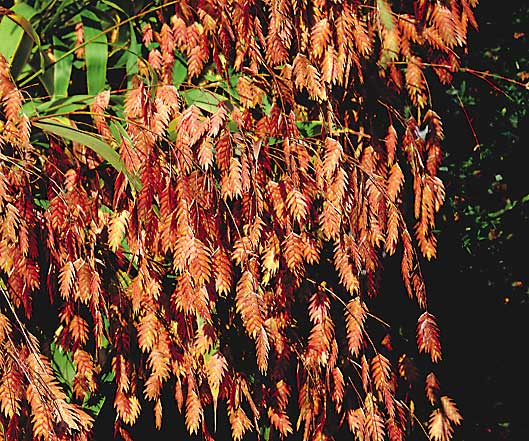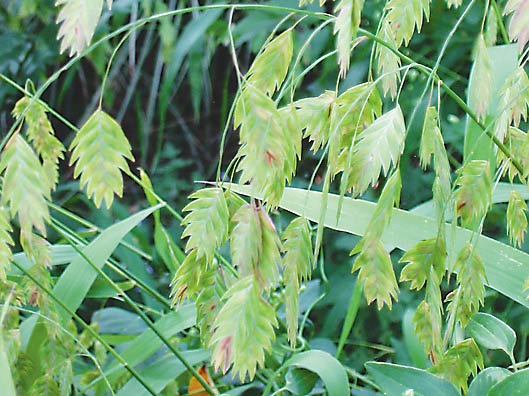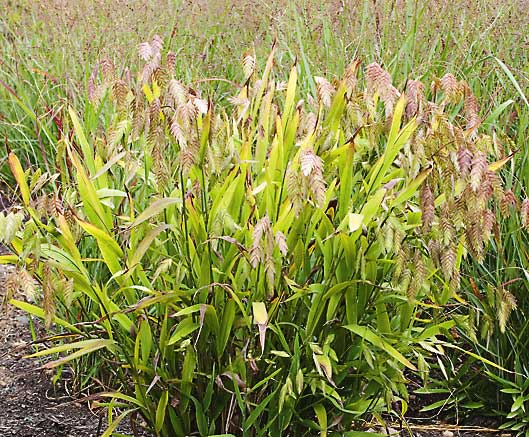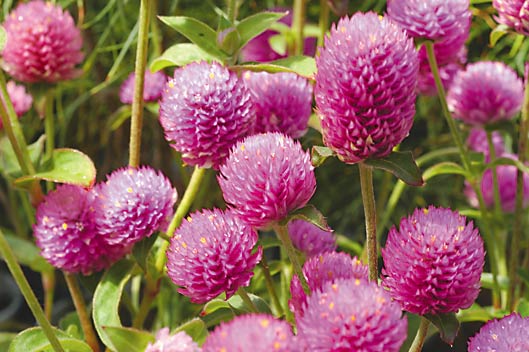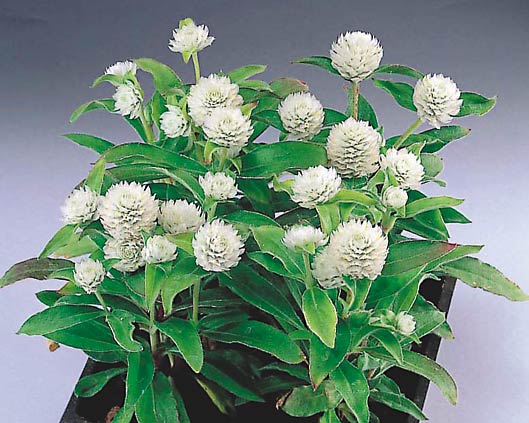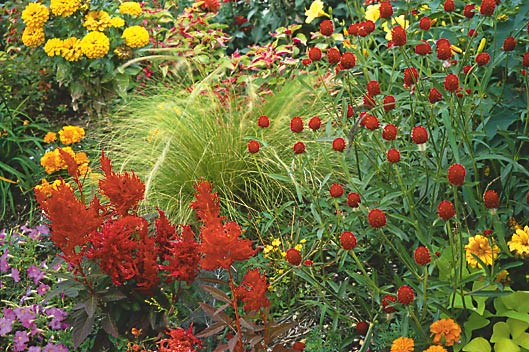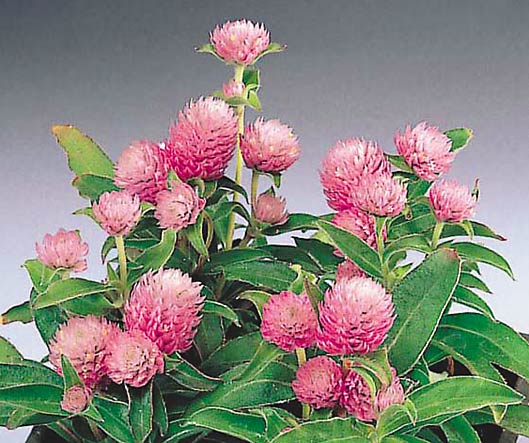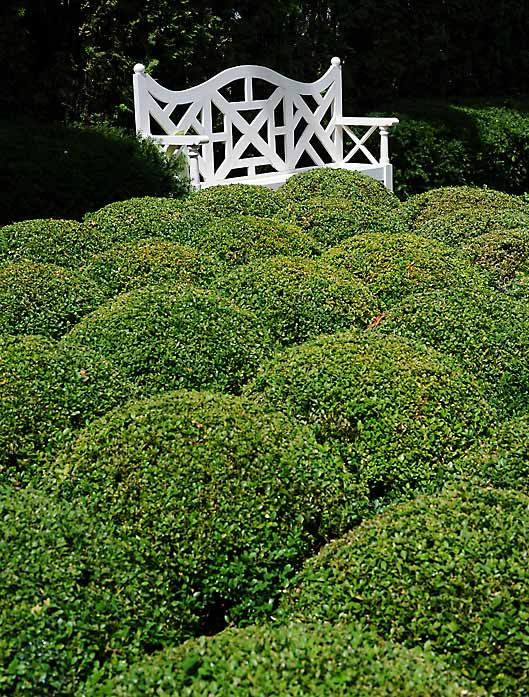Since many houseplants enjoy being outdoors for the summer, I brought a Norfolk Island pine outside to a sunny spot and watered it consistently. A couple weeks later, the branches and needles were almost completely browned. Was this because of too much sun or doesn’t this plant like being outdoors?
Bringing your houseplants outside for the summer can be very good for them but the correct sunlight is important. Understand that full sun indoors is about the same light conditions as shade outside. It is wise to keep your houseplants in a shady area for the summer so the foliage will be lush and the acclimation back indoors at summers’ end will be much easier.

